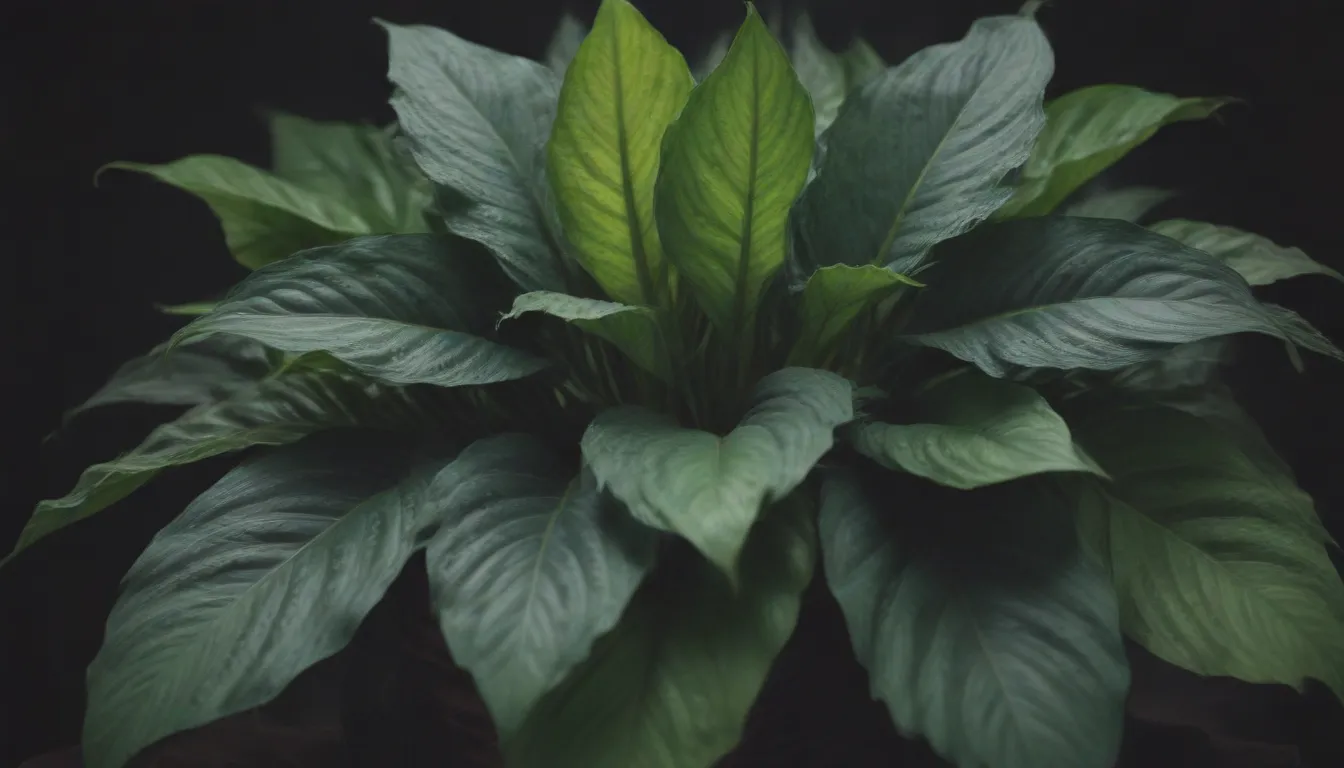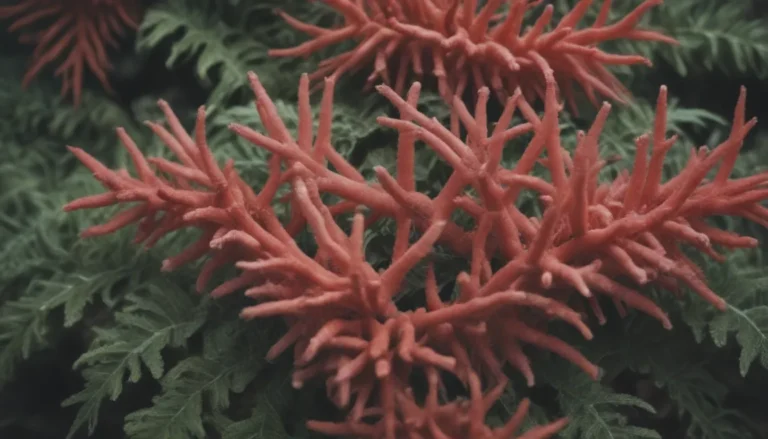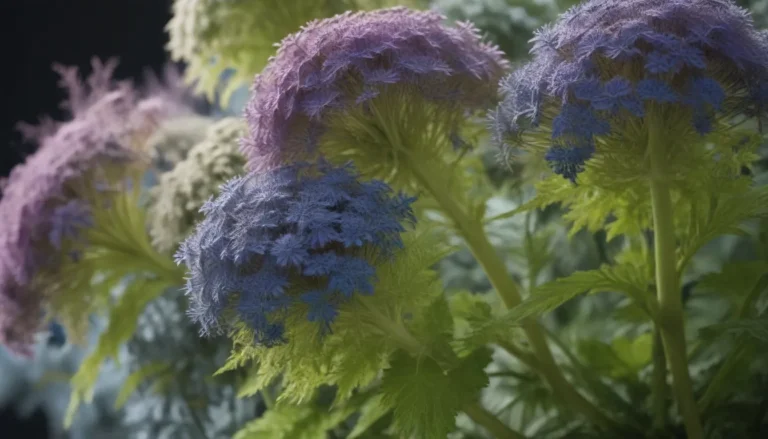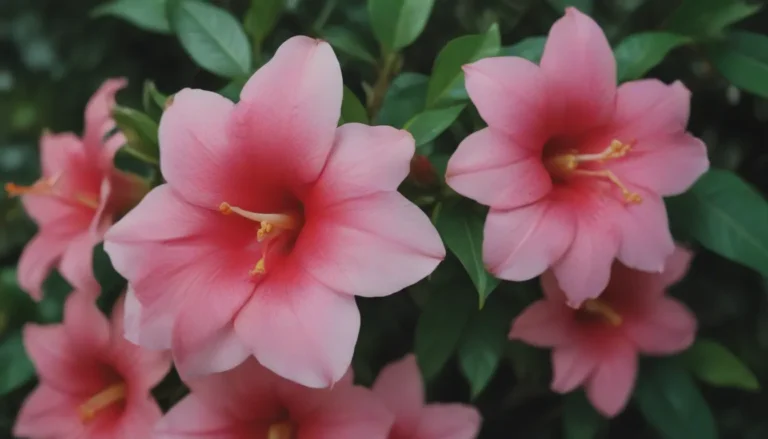The Ultimate Guide to Growing and Caring for Calathea Musaica

Calathea musaica is truly a showstopper with its stunning foliage that is sure to capture attention. However, this gorgeous prayer plant requires a bit of effort to keep it thriving. If you’re up for the challenge, this plant will reward you with unique variegation on its large light green leaves. Here, we will explore in detail how to grow and care for the Calathea musaica, also known as the Calathea Network in the US.
Introduction to Calathea Musaica
Calathea musaica is a captivating plant that belongs to the calathea genus. It is known for its intricate cream-colored mosaic network patternation on the leaves, making it a favorite among plant enthusiasts. This plant requires specific care to ensure its growth and development. Below are the main care requirements for growing a Calathea musaica.
Light
Calathea musaica thrives in diffused light, mimicking the dappled light found in its native tropical habitats. Avoid placing it in intense, direct sunlight as this can lead to brown spots and leaf scorch. On the other hand, too shady conditions can cause the variegation to diminish. Experiment with the plant’s placement to find the ideal lighting conditions, keeping it away from sunny windows or areas with no natural light.
Soil
To provide the right growing medium for your Calathea musaica, opt for a loose, lightweight potting mix that offers both moisture retention and drainage. An African violet mix or a blend of peat moss, perlite, and vermiculite can provide the ideal balance for the plant’s delicate roots. Remember that root rot can quickly set in if the plant is overwatered or the soil becomes waterlogged.
Water
Proper watering is crucial for the health of your Calathea musaica. Keep the soil evenly moist, allowing the top few inches to dry out before watering again. Avoid overwatering, as this can lead to root rot. Water the plant from the bottom to ensure proper hydration and drainage. During the growing season, water your Calathea musaica approximately once a week, adjusting the frequency based on the plant’s needs.
Temperature and Humidity
Calathea musaica thrives in consistent warmth and high humidity. Maintain temperatures above 60 degrees Fahrenheit for optimal growth, with the ideal range being between 65 to 80 degrees Fahrenheit. Ensure humidity levels around 60% to promote healthy foliage, and watch out for signs of browning or drying leaves, indicating low humidity. To increase humidity, consider using a humidifier or placing the plant on a tray filled with water and pebbles.
Fertilizer
During the spring and summer growing season, fertilize your Calathea musaica sparingly with a weak dose of nitrogen-rich fertilizer. Overfeeding can damage the foliage, so it’s best to stick to a monthly fertilization schedule to support plant growth and health.
Additional Care Tips for Calathea Musaica
In addition to the essential care requirements mentioned above, here are some additional tips to ensure the successful growth and vibrant appearance of your Calathea musaica:
Pruning
Calathea musaica does not require frequent pruning. Simply remove dead or dying leaves at the base of the stems to promote healthy growth and maintain the plant’s appearance.
Propagating
While Calathea musaica can be propagated through division in the late spring, keep in mind that the Calathea Network cultivar is patented in North America. To avoid any legal issues, consider exploring other non-patented calathea species for propagation purposes.
Potting and Repotting
Repot your Calathea musaica every two to three years to prevent root disturbance. Use a slightly larger pot and nutrient-rich, loose potting mix to support the plant’s growth.
Common Pests and Plant Diseases
Keep an eye out for pests such as fungus gnats, mealybugs, and spider mites, especially in high humidity conditions. Address pest infestations promptly with neem oil or insecticidal soap to protect your Calathea musaica from damage.
Troubleshooting Common Problems with Calathea Musaica
Despite being a bit finicky, Calathea musaica provides early warning signs of potential issues that need attention. Here are some common problems and solutions for maintaining a healthy plant:
Leaves Turning Brown
Browning leaf tips and edges can indicate low humidity levels or overwatering. Adjust the plant’s environment to improve humidity and reduce watering frequency to prevent browning.
Curling Leaves
If the leaves of your Calathea musaica remain curled during the day, it may indicate dry conditions. Ensure proper hydration and humidity for the plant to prevent leaf curling.
Drooping Leaves
Occasional leaf drooping is normal, but persistent drooping can signal the need for more water or higher humidity levels. Adjust watering and environmental conditions to revive drooping leaves.
Leaves Turning Yellow
Yellowing leaves often result from overwatering or excessive sunlight exposure. Check the plant’s watering schedule and move it to a suitable location with indirect light to prevent further discoloration.
By addressing these common problems and following the care tips provided, you can enjoy the beauty of the Calathea musaica in your home. While it may require a bit of effort, the striking foliage and unique patterns make it a rewarding plant to cultivate.
In conclusion, Calathea musaica is a remarkable plant that adds a touch of elegance to any indoor space. By providing the right care, including suitable lighting, watering, humidity, and fertilization, you can ensure the health and vibrancy of your Calathea musaica. Remember to monitor the plant for any signs of stress or pests and address them promptly to maintain its beauty. With proper care and attention, your Calathea musaica will flourish and become a stunning focal point in your home.





